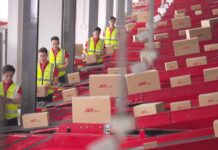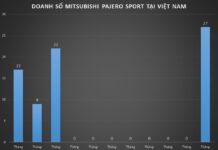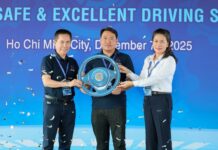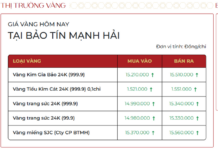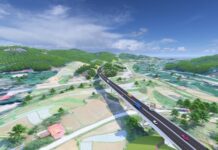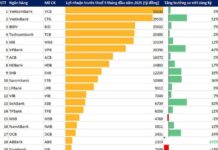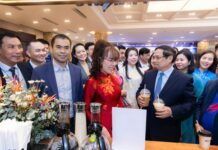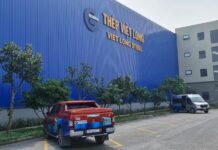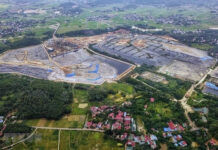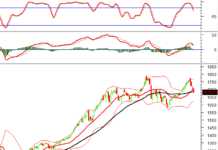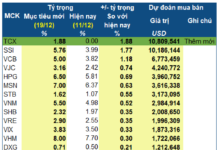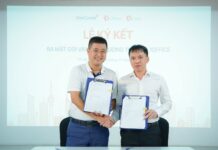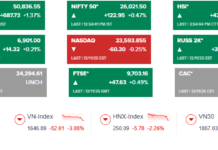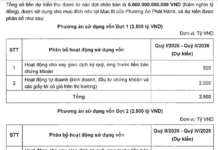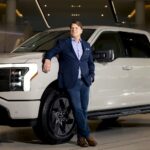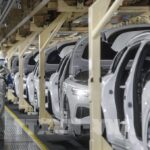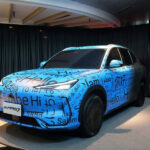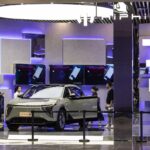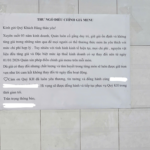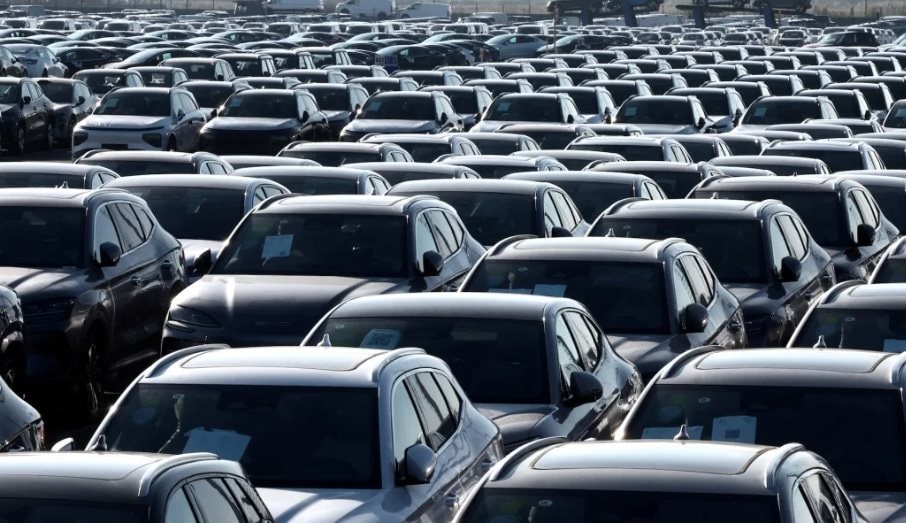
Chinese electric vehicle maker BYD announced an 11.5% increase in third-quarter net profit as the company maintained strong sales momentum thanks to government incentives for car replacement.
In a recent filing with the stock exchange, BYD’s net profit rose to 11.6 billion yuan ($1.63 billion) in the third quarter. For the first nine months, the company’s net profit increased 18.1% to 25.2 billion yuan.
With third-quarter revenue up 24% from a year earlier to 201.1 billion yuan ($28.24 billion), BYD’s quarterly revenue surpassed that of Tesla, which posted revenue of $25.2 billion in the third quarter.
However, Tesla still beat BYD in terms of global electric vehicle sales in the months from July to September.
BYD currently accounts for more than one-third of total electric and plug-in hybrid car sales in China this year. They broke their monthly sales record in September, and the company’s quarterly sales also hit a new high in the third quarter.
Both BYD and rivals like Tesla have benefited from expanded incentives for greener cars. Last month, China’s auto sales ended a five-month decline thanks to enhanced subsidies. As of the end of October, 1.57 million applicants had registered to take advantage of the national subsidy of up to 2,800 yuan ($389) per person to switch to greener cars.
Local governments in China have also offered subsidies of up to 20,000 yuan for electric vehicle buyers under programs that will expire at the end of the year.
BYD has led the growth with significant discounts on its best-selling models. The company’s best quarter was mainly due to strong growth in plug-in hybrid car sales, which increased 75.6% year-over-year to 685,830 units in the third quarter, thanks to the latest plug-in hybrid technology that saves more fuel costs for users.
Meanwhile, sales of BYD’s pure electric vehicles (as opposed to hybrids) slowed to 2.7% to 443,426 units in the quarter, and the company lost market share in the electric vehicle segment to other Chinese electric vehicle makers.
Currently, BYD still sells more than 90% of its vehicles in China, and they have set higher annual sales targets for this year. The company also aims to double its vehicle exports to 450,000 units this year, a downward adjustment from the March export target of 500,000 units per year.
Despite leading the push into the European market, BYD is facing additional tariffs. In the third quarter, the company sold 94,477 vehicles overseas, up 32.6% from a year earlier.
For its part, Tesla also had a strong quarter in terms of revenue, despite being lower than BYD’s.
The company’s profit margin was bolstered by $739 million in carbon credit sales. Automakers are required to hold a certain number of carbon credits each year. If they fail to meet their targets, they can purchase carbon credits from companies like Tesla, which has an excess of carbon credits because it only produces electric vehicles.
Automotive revenue increased 2% to $20 billion from $19.63 billion in the same period last year and was almost unchanged from the end of 2022. Revenue from energy production and storage jumped 52% to $2.38 billion, while revenue from services and other revenue, including revenue from non-warranty Tesla repairs, increased 29% to $2.79 billion.
CEO Elon Musk said at the earnings conference that his “best guess” for “vehicle growth” next year would be 20% to 30%, due to “cheaper cars” and “the advent of autonomous driving.”
Analysts surveyed by FactSet expect total Tesla deliveries next year to increase about 15% to 2.04 million units.
When asked during the conference call if Tesla would produce a low-cost electric car other than the Cybercab, Musk said all of the company’s future cars would be autonomous. He added that, of the 7 million vehicles Tesla has produced so far, “most” are “capable of self-driving,” and that the company is “currently producing about 35,000 self-driving cars per week.”
Musk said the company would produce 2 million Cybercab per year and offer a driverless ride-hailing service on its vehicles as early as 2025 in Texas and possibly California. He said Tesla had developed a ride-hailing app that some employees in California were able to use this year.
“You can summon a ride and the car will come to you anywhere in the Bay Area,” Musk said. “Currently, we have a safety driver.”
According to a list of licenses granted on the California Public Utilities Commission website, Tesla is not currently licensed to operate a commercial, transportation network, or ride-hailing service in California.
According to: CNN
The Road to Carbon Market: Vietnam Aims for 2029 Launch
The Vietnamese government has unveiled an ambitious plan with the draft proposal for the ‘Establishment and Development of a Carbon Market in Vietnam’. This proposal outlines a pilot phase for a nationwide carbon market from 2025 to 2028, with an official launch in 2029. The market will facilitate the trading of carbon credits, with an initial focus on nationally-certified carbon credits, and will gradually expand to include a broader range of participants and credit types. This marks a significant step forward in Vietnam’s journey towards a more sustainable future, as the country actively seeks to reduce its carbon footprint and encourage environmentally conscious practices.
The Shocking Truth: Ford Director Dissects and Test Drives Chinese Electric Cars, Concedes Superiority: ‘They’re Far Ahead of Us’
With an affordable $12,500 electric car, this Chinese brand has made Western automotive giants take notice and reconsider their stance after years of overlooking their capabilities.


